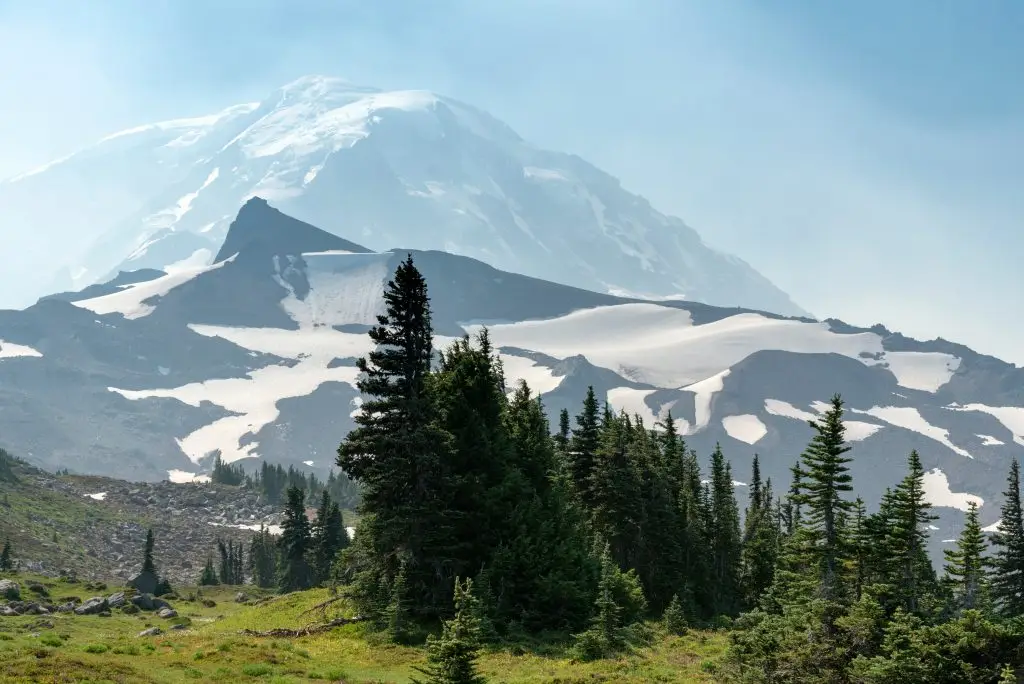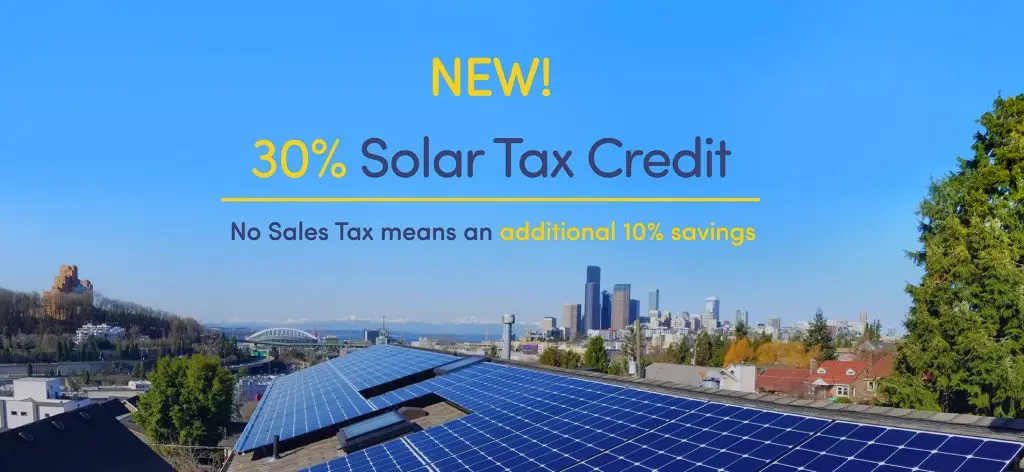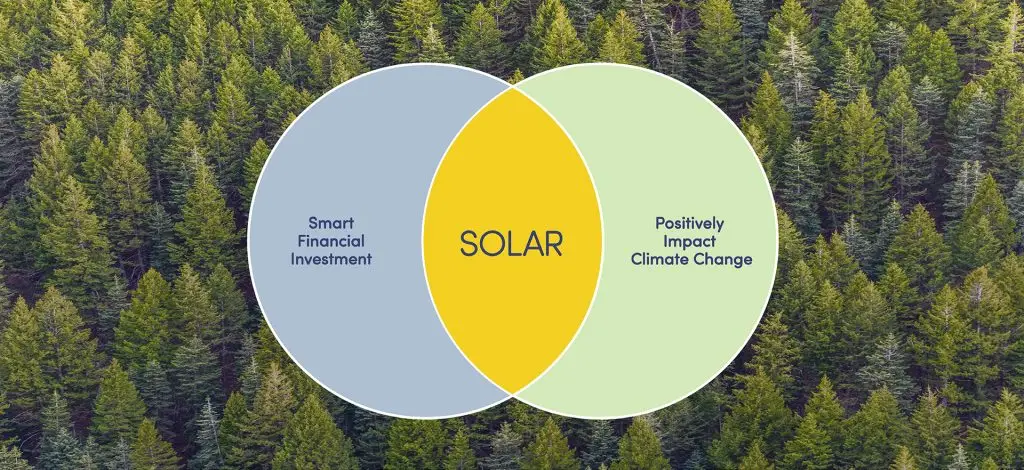
Mount Rainier, the tallest volcano in the lower 48 states, is home to the largest collection of glaciers in the contiguous United States. These glaciers are not only a source of awe and beauty, but also a vital resource for drinking water, hydropower, and wildlife habitat. However, these glaciers are rapidly melting due to climate change, posing a threat to the environment and the people who depend on them.
All of Mt. Rainier’s glaciers are being impacted, some quicker than others according to The Seattle Times.

According to a National Park Service report published this month, the total mass of glacier ice on Mount Rainier is less than half what it was in 1896. Among its more than two dozen glaciers, the mountain is likely to have lost an area of glacial ice that’s nearly the size of Manhattan. The pace of its losses is accelerating, especially on south-facing glaciers and at lower elevations.

The main cause of this glacial retreat is the increase in global temperatures, driven by the human use of fossil fuels and the accumulation of heat-trapping gases in the atmosphere. The near-simultaneous and ongoing retreat of nearly all of the world’s glaciers is unprecedented in at least the past 2,000 years. The melting of glaciers is responsible for more than a fifth of global sea level rise.
The consequences of losing Mount Rainier’s glaciers are dire. They could reduce habitat for fish like bull trout, which are threatened by warming water temperatures and reduced streamflow. They could also destabilize the ground and cause more debris flows and landslides, endangering lives and property. They could also affect the availability and quality of water for millions of people in the Pacific Northwest.
Ironically, we can use energy from the sun to help slow down and eventually reverse this trend: Solar energy is a clean, renewable, and abundant source of power that does not emit any greenhouse gases or pollutants. By installing solar panels on your home or business, you can reduce your carbon footprint and save money on your electricity bills. You can also support community solar projects like the one we installed for Olympia Community Solar that allow you to access solar energy without installing panels on your property.
Solar energy is becoming more affordable and accessible than ever before, thanks to technological innovations and policy incentives. According to a report by the International Renewable Energy Agency³, the cost of solar photovoltaic (PV) modules has fallen by 90% since 2010, making solar energy competitive with fossil fuels in many markets. In addition, many states offer tax credits, rebates, net metering, and other programs that make solar energy more attractive and feasible for consumers.

By choosing solar energy, you can make a difference for yourself and for the planet. You can help preserve Mount Rainier’s glaciers and the benefits they provide for generations to come. You can also enjoy the advantages of solar energy, such as energy savings, increased home value, environmental benefits, energy independence, and long performance warranties.

If you are interested in learning more about solar energy and how it can help you and Mount Rainier’s glaciers, please contact us today. We specialize in providing high-quality solar solutions for residential and commercial customers. We can help you find the best option for your needs and budget, and guide you through the installation process. We can also answer any questions you may have about solar energy and its benefits.
Don’t wait any longer. Join us in the fight against climate change and the protection of Mount Rainier’s glaciers. Switch to solar energy today!


